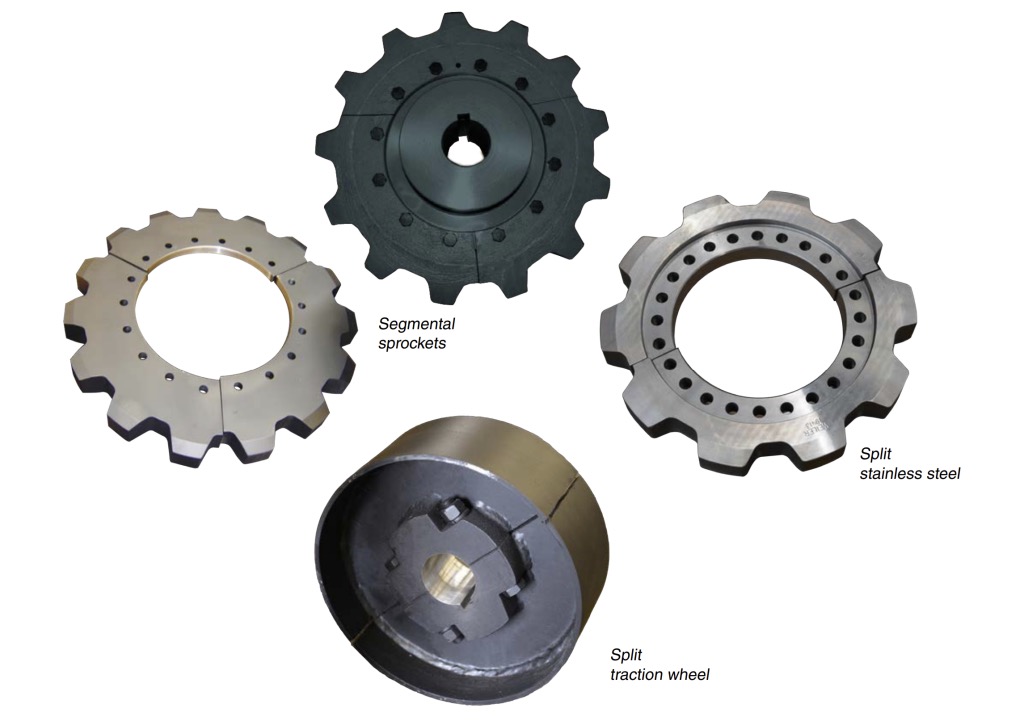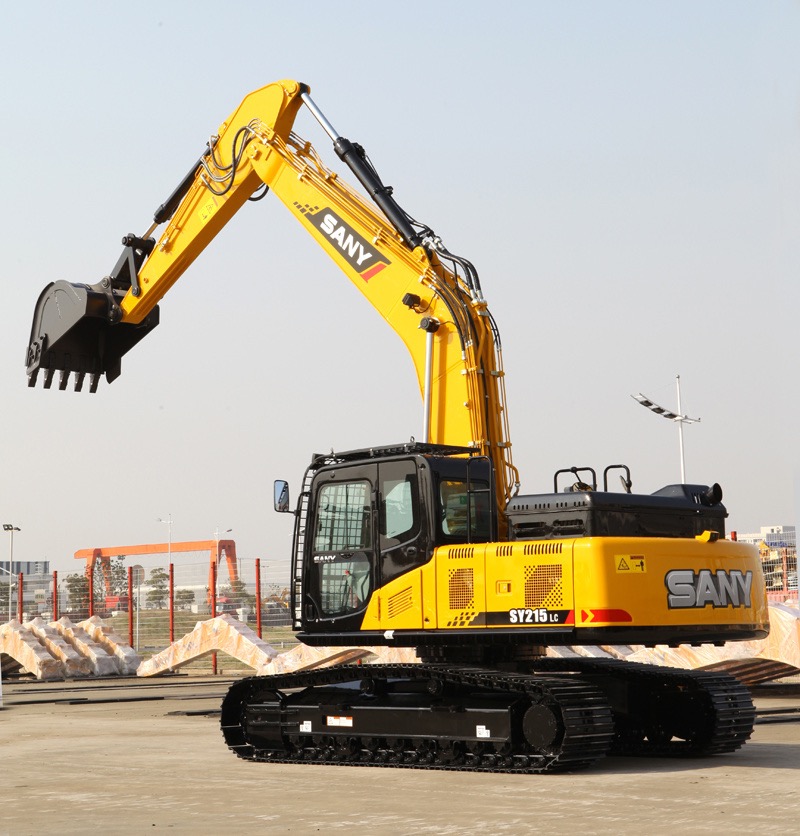
— October 13, 2025
/filters:format(.webp)/filters:quality(50)/news/1756448946168-vovol-excavator.png)
Construction requires earth removal to make room for construction. Earthwork excavation, trenching, wall shafts excavation, basement excavation, cut and fill excavation, and even dredging are all examples of this complex process. Each approach is used differently depending on the project. Understanding these categories is essential for residential construction excavation and large-scale site preparation. MechLink says in this blog about difficult field, knowing the labor technique, excavation duration, and trenching and excavation safety procedures are essential.
Site assessment and soil testing start the construction excavation process. These early phases decide the type and equipment. For safety, the excavation area must be marked out. After these preparations, the actual digging begins with care to preserve nearby structures.
Construction site excavation duration depends on site size, soil type, and excavation method. For a conventional residential construction project, earthwork excavation may take a few weeks, but basement excavation or dredging in construction may take months. Following the excavation work procedure helps speed up the operation and ensure safety.
Construction uses various methods depend on project needs. Earthwork removes earth for foundations or other buildings. Most residential construction excavation uses this method.
In construction, trenching creates a narrow hole deeper than its width for pipelines or wires. It requires specific equipment and safety procedures to avoid cave-ins. Another kind is wall shaft excavation, utilized for elevator shafts and stairwells.
Cut-and-fill excavation levels uneven ground. It involves cutting high sections and filling low ones with excavated material. This technology is ideal for road construction and sloped site preparation.
Complex basement excavation demands careful planning and execution. It involves excavating a vast area for a basement, considering soil stability and water table levels.
Finally, dredging in construction removes sediments and waste from underwater locations, especially in maritime construction. The diversity and relevance of excavation in construction are shown by these types, which shape our built environment.
Excavation work procedure in construction entails a number of well designed steps to assure and safety. First comes planning and preparation. A complete site assessment, soil testing, and project requirements are required. This stage determines whether excavation is needed for general purposes, pipeline laying, or basement excavation. The planning stage also entails laying out the excavation area, taking into account nearby structures, utilities, and other dangers.
Excavation in construction starts after planning. This requires digging or dredging with the right equipment. Extraction must be done methodically and exactly according to design. Excavated material is usually disposed of or reused, such as in cut and fill excavation to level other areas of the site.
The excavation process must prioritize safety. Trenching and excavation in construction require site inspection, cave-in prevention systems, and crew training. The excavation work procedure provides efficiency, accuracy, and safety.
Residential construction relies on excavation for all subsequent building processes. Site preparation comes first. This involves clearing the construction site of plants, rubbish, and possibly. The entire construction project depends on this stage, which ensures a stable and smooth surface.
After site preparation, foundation laying begins. Excavation is crucial here. A shallow foundation of a few feet or a deep foundation like a basement excavation of many feet are possible.
Following the excavation work procedure and safety precautions for trenching and excavation in construction are crucial for each of these stages. This protects the residential structure and workers. Excavation in construction is the foundation of any residential construction project, laying the foundation for a safe and sturdy dwelling.
Safety is crucial to protect personnel and ensure project success. Trenching in construction carries inherent risks, hence special safety must. Regular site inspections before and during the process reveal.
Shoring should support trench walls and prevent soil movement. Ladders or ramps should be to workers enter and exit the trench safely.
The best safety on a building site go beyond. This keeping heavy equipment away from the edge and piling material far enough away to prevent falls and slides.
Clear communication is another site safety factor. Workers should know the strategy, dangers, and emergency. Worker safety gear should include hard hats, safety boots, and apparel.
A worker on site must identify risks and harmful and take appropriate action. The work procedure and construction kinds should be familiar to this person.
We may reduce dangers and make construction safer by following these safety steps.

A guide to sprockets in construction equipment: types, functions, maintenance, and more
December 3, 2025

Key components of an excavator arm and how to maintain them
December 3, 2025

Final drive maintenance tips: preventing issues before it’s too late
December 2, 2025

Engine cooling system maintenance for heavy equipment 101
December 2, 2025